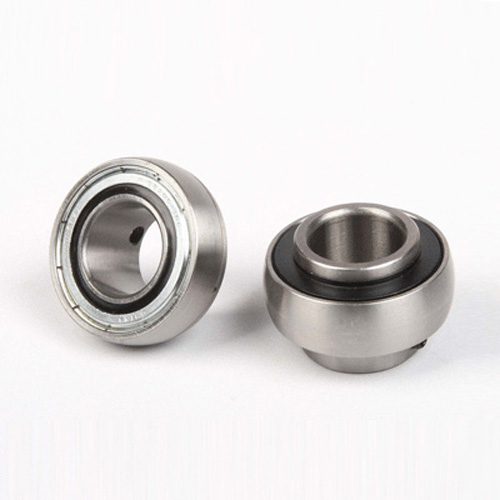Joint bearing

Characteristics and Applications of Joint Bearings:
Joint bearing is a special structure of sliding bearing. Its structure is simpler than that of rolling bearings. It mainly consists of an inner ring with an outer spherical surface and an outer ring with an inner spherical surface, which can withstand larger loads. Depending on its type and structure, it can withstand radial loads, axial loads, or combined loads of both radial and axial directions. It is generally used for low-speed swinging motion (i.e. angular motion). Due to the spherical sliding surface, it can also perform tilting motion (i.e. centering motion) within a certain angle range. It can still work normally when the support shaft and the shaft shell hole are not concentric. Joint bearings bear loads in the direction of their load-bearing capacity According to the nominal contact angle and structural form, it can be divided into radial joint bearings Angular contact joint bearings Thrust joint bearings and rod end joint bearings The nominal contact angle of the radial joint bearing (GE type) is 0 degrees, which is suitable for bearing radial loads and small axial loads GAC type angular contact joint bearings are divided into two types: angular contact radial joint bearings and angular contact thrust joint bearings. The nominal contact angle of angular contact radial joint bearings is greater than 0 degrees but less than or equal to 30 degrees, and they are suitable for bearing combined loads of radial and axial loads; The nominal contact angle of angular contact thrust joint bearings is greater than 30 degrees and less than 90 degrees, suitable for bearing axial loads and can also withstand combined loads, but at this time, their radial load shall not exceed 0.5 times the axial load The nominal contact angle of the thrust joint bearing (GX) is 90 degrees, which is suitable for bearing axial loads and cannot withstand radial loads Rod end joint bearings are suitable for bearing axial loads with small radial loads (generally less than or equal to 0.2 times the radial load) Joint bearings come in lubricated and self-lubricating types.



